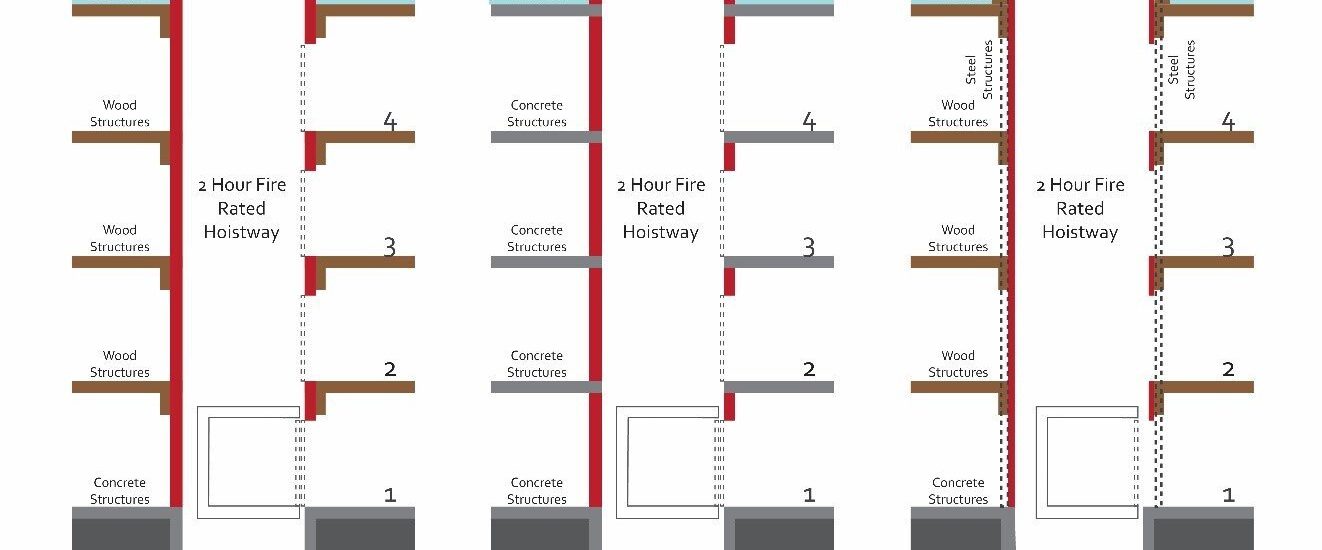An elevator is required by code when a building has more than two stories, making it essential for accessibility and safety. The presence of an elevator ensures that individuals with disabilities, elderly people, or anyone with mobility challenges can navigate the building effortlessly. Not only does it comply with the regulations, but it also enhances the overall usability and convenience of the structure. Let’s delve into the specifics of when and where an elevator is mandated by building codes to guarantee a seamless experience for all occupants.
When is an Elevator Required by Code
Welcome to our comprehensive guide on when an elevator is required by code. Elevators are essential for ensuring accessibility and safety in various buildings, but do you know when building codes mandate their installation? Let’s dive into the details to understand the requirements for having an elevator in a building.
Understanding Building Codes
Building codes are a set of regulations that specify the minimum standards for the construction and design of buildings. These codes are put in place to ensure the safety and well-being of occupants.
Factors Influencing Elevator Requirements
Several factors determine whether an elevator is required in a building:
Building Height
One of the primary considerations for determining the need for an elevator is the height of the building. Typically, buildings that are taller than a certain number of stories are required to have at least one elevator.
Occupancy Classification
The purpose for which a building is used plays a crucial role. Buildings with high occupant loads, such as hotels, shopping malls, and office buildings, are often required to have elevators to ensure easy access for all individuals.
Accessibility Requirements
Ensuring accessibility for individuals with disabilities is a key aspect of building regulations. Elevators provide a means for people with mobility issues to navigate multi-story buildings comfortably.
Specific Code Requirements
Building codes can vary depending on the location, but there are common standards that dictate when an elevator is necessary.
American Society of Mechanical Engineers (ASME) Standards
The ASME A17.1/CSA B44 Safety Code for Elevators and Escalators provides guidelines for elevator installation, maintenance, and inspection in the United States and Canada. Compliance with these standards is often mandatory.
Americans with Disabilities Act (ADA)
The ADA sets requirements for accessibility in public buildings, including the installation of elevators in certain cases to accommodate individuals with disabilities.
Exceptions to Elevator Requirements
While elevators are crucial in many buildings, some structures may be exempt from installing them based on specific conditions:
Historic Buildings
Historic buildings may be granted exemptions from elevator requirements to preserve their architectural integrity. However, alternative accessibility measures must be in place.
Low-Rise Buildings
Buildings with a small number of stories may not be mandated to have elevators if they meet certain criteria, such as providing accessible routes through other means.
In conclusion, the decision on when an elevator is required by code depends on various factors such as building height, occupancy classification, and accessibility needs. Understanding and complying with building codes are essential to ensure the safety and accessibility of all building occupants.
What is that screen in the elevator for? Our Director of Building Codes explains. BRR Codes Series
Frequently Asked Questions
What are the requirements for having an elevator as per building codes?
Building codes typically require elevators in buildings where occupants will have difficulty using stairs. This includes buildings with more than a certain number of stories, usually four or more, or buildings that exceed a set height limit.
Is an elevator required in all types of buildings?
No, elevators are not required in all types of buildings. Generally, residential buildings with fewer than three or four stories are not mandated to have an elevator, unless they are designated for certain uses like healthcare facilities or senior living spaces.
What are some other instances where an elevator might be required beyond building height or number of stories?
In addition to height and number of stories, elevators may be mandated if a building’s occupancy type demands accessibility for individuals with disabilities. Certain public buildings, like schools, shopping centers, and offices, are examples where elevators are often necessary.
Are there any exceptions to the elevator requirement in building codes?
There can be exceptions to the elevator requirement based on specific circumstances or building features. For instance, if adding an elevator is technically infeasible due to structural limitations, an exemption might be granted. However, such exceptions are typically subject to thorough review and approval by the relevant authorities.
Final Thoughts
In conclusion, elevators are required by code when certain conditions are met. These include buildings with more than three stories, certain types of occupancy, and where a facility is open to the public. Understanding when an elevator is required by code ensures compliance with safety regulations and accessibility standards. Remember to consult local building codes and regulations to determine if an elevator is necessary for your project.






